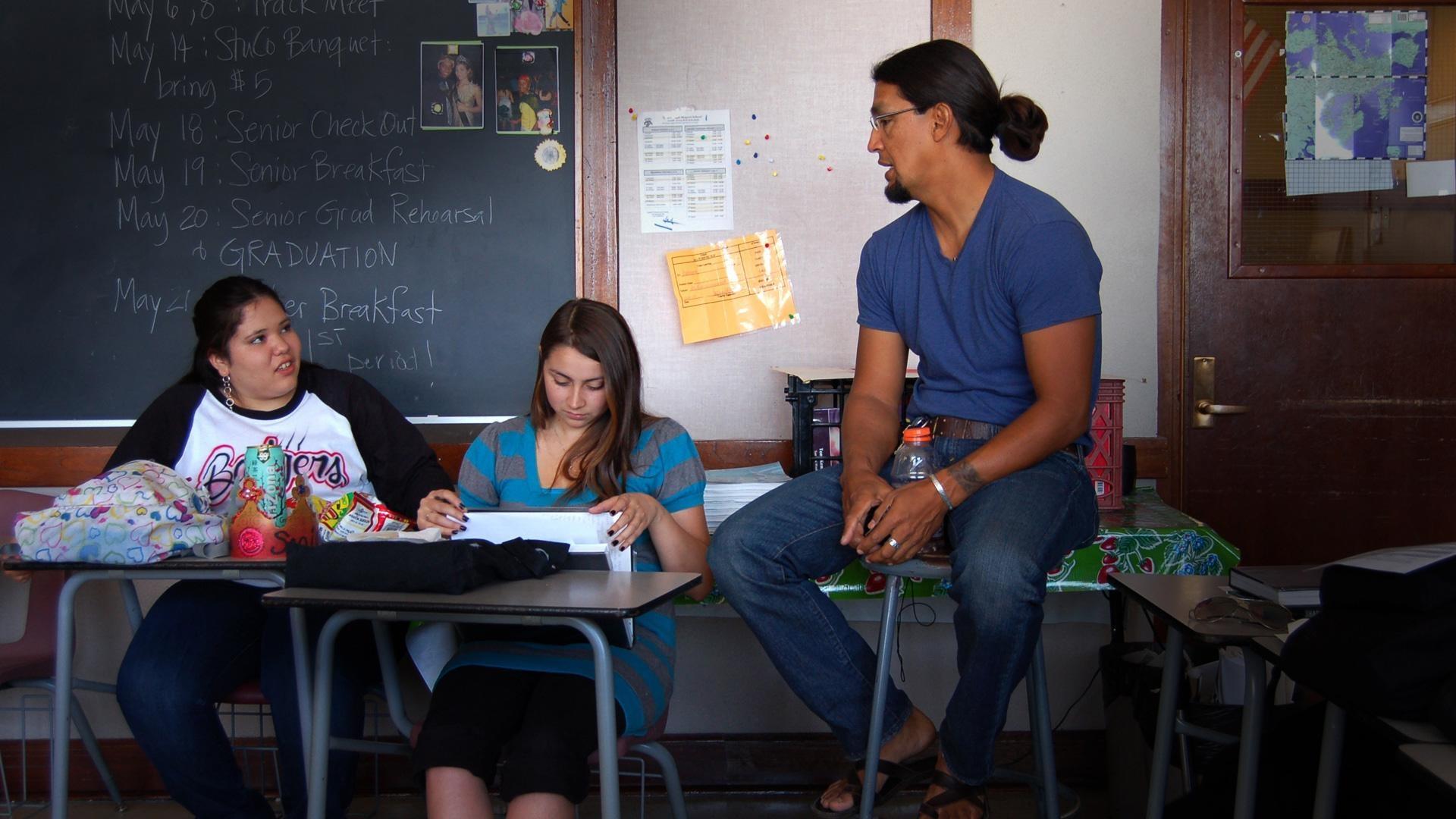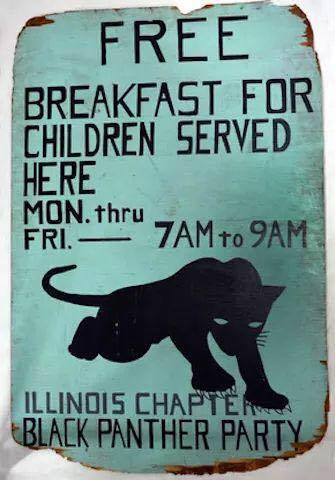What Counts as Education Policy? by Jean Anyon in Quotes
Link to the article: What Counts as Education Policy?
Quote 1:
"Job, wage, housing, tax, and transportation policies maintain minority poverty in urban neighborhoods, and thereby create environments that overwhelm the potential of educational policy to create systemic, sustained improvements in the schools (66)."
In this quote, Anyon explains why educational policy changes do not help student achievement in urban areas. She argues that no matter what policies are made to improve education, if students' environment outside of school is unfit, then they will lose potential. This quote is important because it is the main argument of the text. Anyon argues that educational policy has failed in urban areas because more significant public policy changes are needed.
Quote 2:
"Education policy has not addressed the neighborhood poverty that surrounds and invades urban schools with low expectations and cynicism. Education policy has not addressed the unemployment and joblessness of families who will have few if any resources for the further education of their children, even if they excel in K–12 classes. And education policy — even in response to state financial challenges —has not addressed the political economy that largely determines low levels of city district funding (69-70)."
In this quote, Anyon explains why educational policy has failed urban schools. She is saying that poverty affects the morale of communities, which leads to low expectations and cynicism in adults and children; poor families can lack the necessary resources to improve their children's education or send them to college, and low levels of funding affect the quality of education more than any policy can. This quote is important because it supports her argument. Showing where educational policy falls short explains why public policy changes are needed.
Quote 3:
"To remove economic barriers to school quality and consequence, we can legislate a significantly higher living wage; we can create jobs in cities that offer career ladders and prepare low-income residents to fill them. And, like a number of European countries, we can tax wealthy families and corporations to pay for these and other investments. We should enforce federal anti-discrimination measures to integrate segregated housing and create public transit routes so low-income urban residents without cars are not denied access to jobs in the suburbs (83)."
In this quote, Anyon lists public policy changes that would bring money and resources to poor neighborhoods, therefore, improving education and raising levels of student achievement in affected areas. This quote is important because it is a call to action. Since Anyon is highlighting a problem, she has to provide a solution to make her argument worthwhile.
Reflection:
I found this essay to be a bit frustrating because Jean Anyon has such a valid argument, but our government and education system will not adapt to her way of thinking. Honestly, while reading this essay, it felt depressing how obviously correct Anyon is because her argument should not even be a point that has to be made. Affluent neighborhoods have higher rates of student success because they are affluent (obviously!!). Instead of realizing the actual problem, the people in power blame teachers and students and implement policies that do nothing or even make teaching harder.
 What to Look for in a Classroom also reminded me of Precious knowledge. Many of the 'good signs' in the chart were things that I observed in the students' classrooms. I saw a frequent hum of activity, eager students, thoughtful discussions, student collaboration, and "purposeful clutter."
What to Look for in a Classroom also reminded me of Precious knowledge. Many of the 'good signs' in the chart were things that I observed in the students' classrooms. I saw a frequent hum of activity, eager students, thoughtful discussions, student collaboration, and "purposeful clutter."

